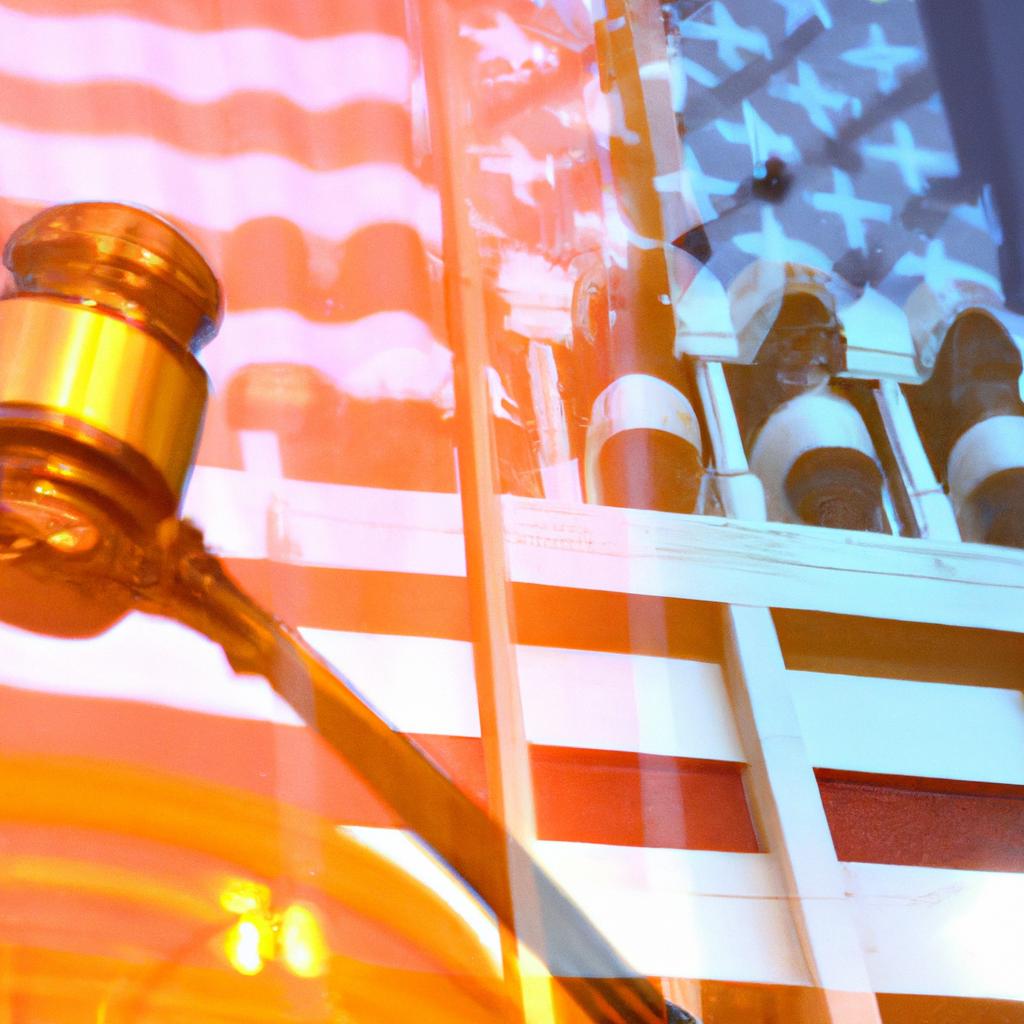In the realm of urban legends and conspiracy theories, few tales capture the imagination quite like the alleged cryogenic preservation of Walt Disney. A man synonymous with magic and innovation, the notion that Disney chose to freeze himself upon death to be resuscitated in the future is both fantastical and controversial. As experts in estate planning and probate law, Morgan Legal Group delves into the enigmatic case of Walt Disney and the enduring myth of his icy slumber. Join us as we examine the facts, dispel the myths, and unravel the truth behind this captivating legend.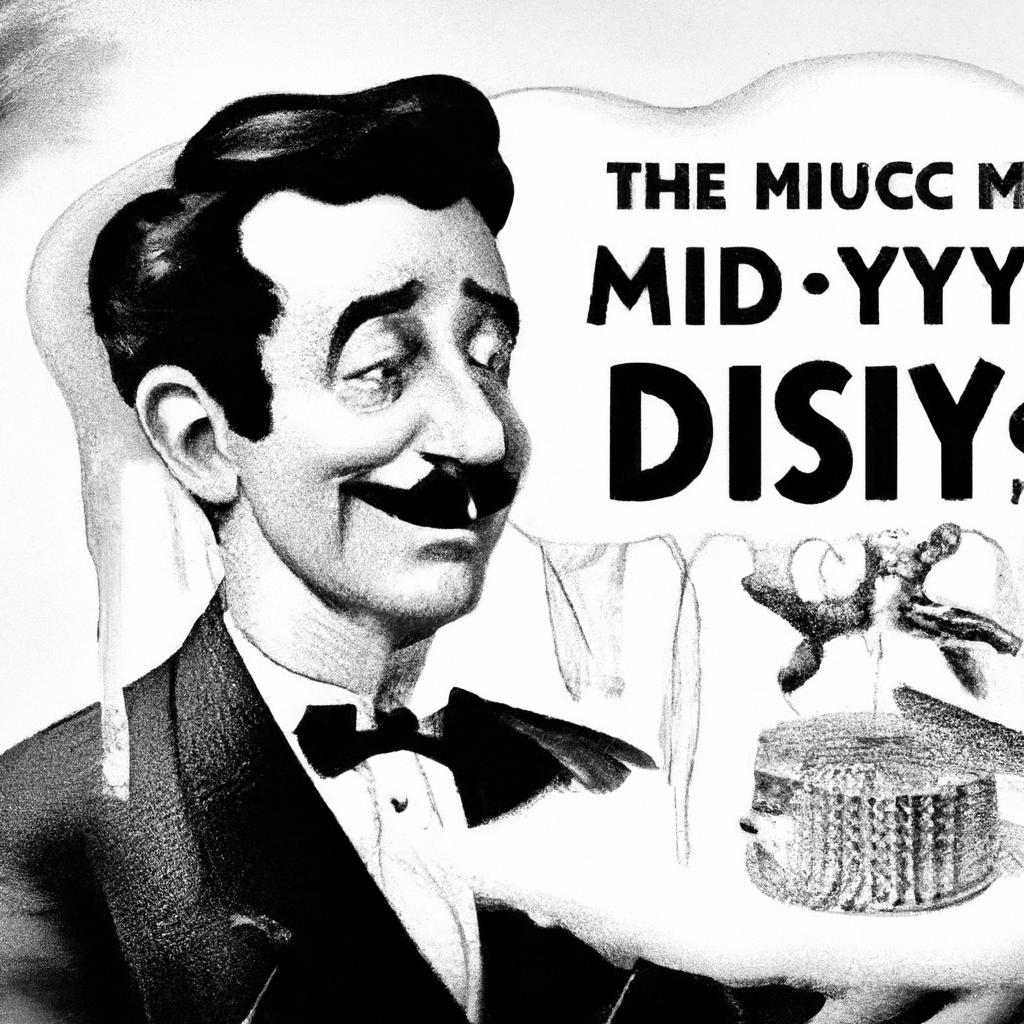
The Myth of Walt Disney Cryogenically Freezing Himself
There has been a longstanding rumor circulating that Walt Disney, the legendary creator of Disneyland and founder of the Walt Disney Company, cryogenically froze himself in the hopes of being revived in the future. However, this is simply a myth with no concrete evidence to support it. Despite the intriguing nature of the story, it is important to separate fact from fiction when discussing the legacy of such an influential figure.
While Walt Disney did pass away in 1966 due to lung cancer, there is no documented proof that he underwent cryogenic preservation. In fact, the idea of cryogenically freezing oneself was not even a popular concept until years after Disney’s death. Therefore, it is crucial to approach these claims with skepticism and rely on verified sources when discussing the life and legacy of Walt Disney.
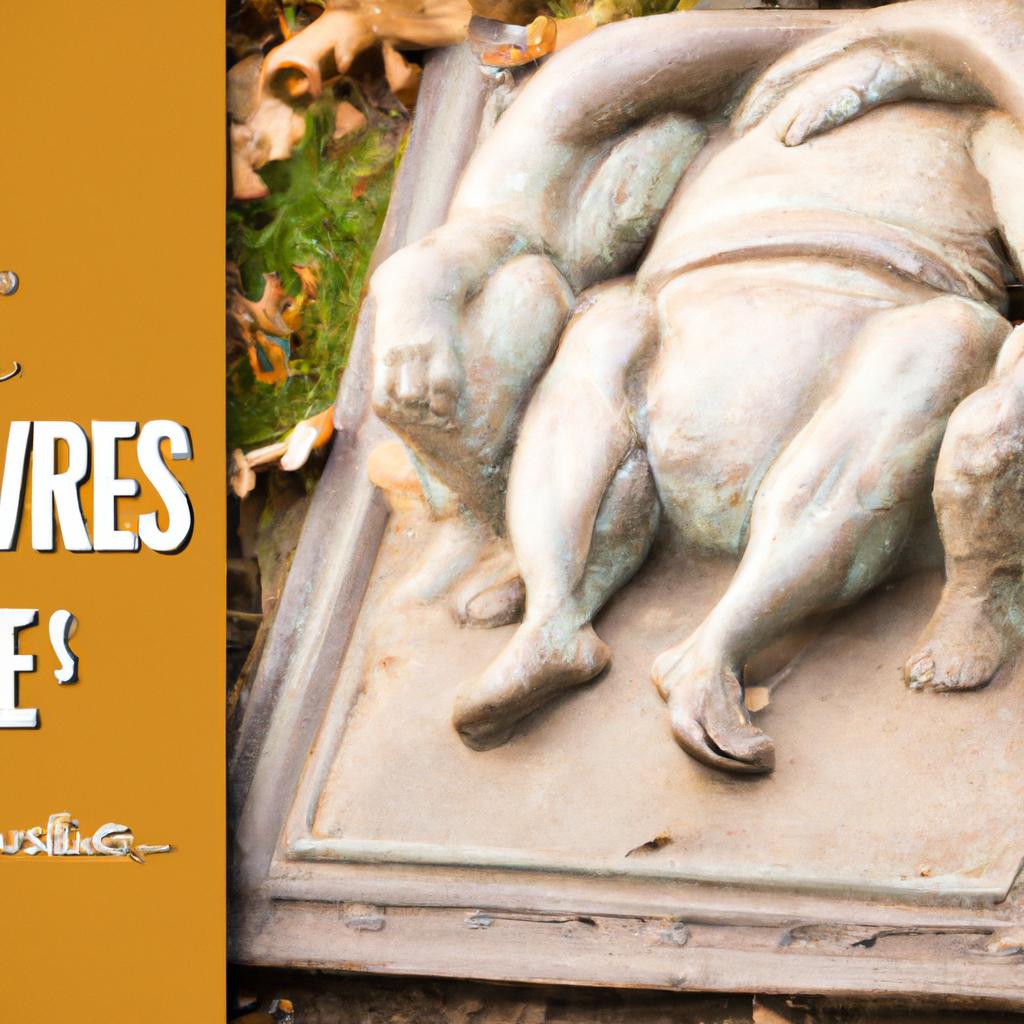
Examining the Truth Behind the Urban Legend Surrounding Walt Disney
There has been a long-standing urban legend surrounding Walt Disney that suggests he froze himself after his death in the hopes of being brought back to life in the future. This theory has captivated the public’s imagination for years, but what is the truth behind this bizarre tale?
Despite the persistent rumors, there is no concrete evidence to support the claim that Walt Disney was cryogenically frozen. In fact, Disney was actually cremated after his death in 1966. This urban legend seems to have originated from a 1972 essay by Bob Nelson, a college dropout who claimed to have been working with Disney on a project to freeze humans. However, there is no verifiable evidence to support Nelson’s claims, and it is widely regarded as a fabricated story with no basis in reality.
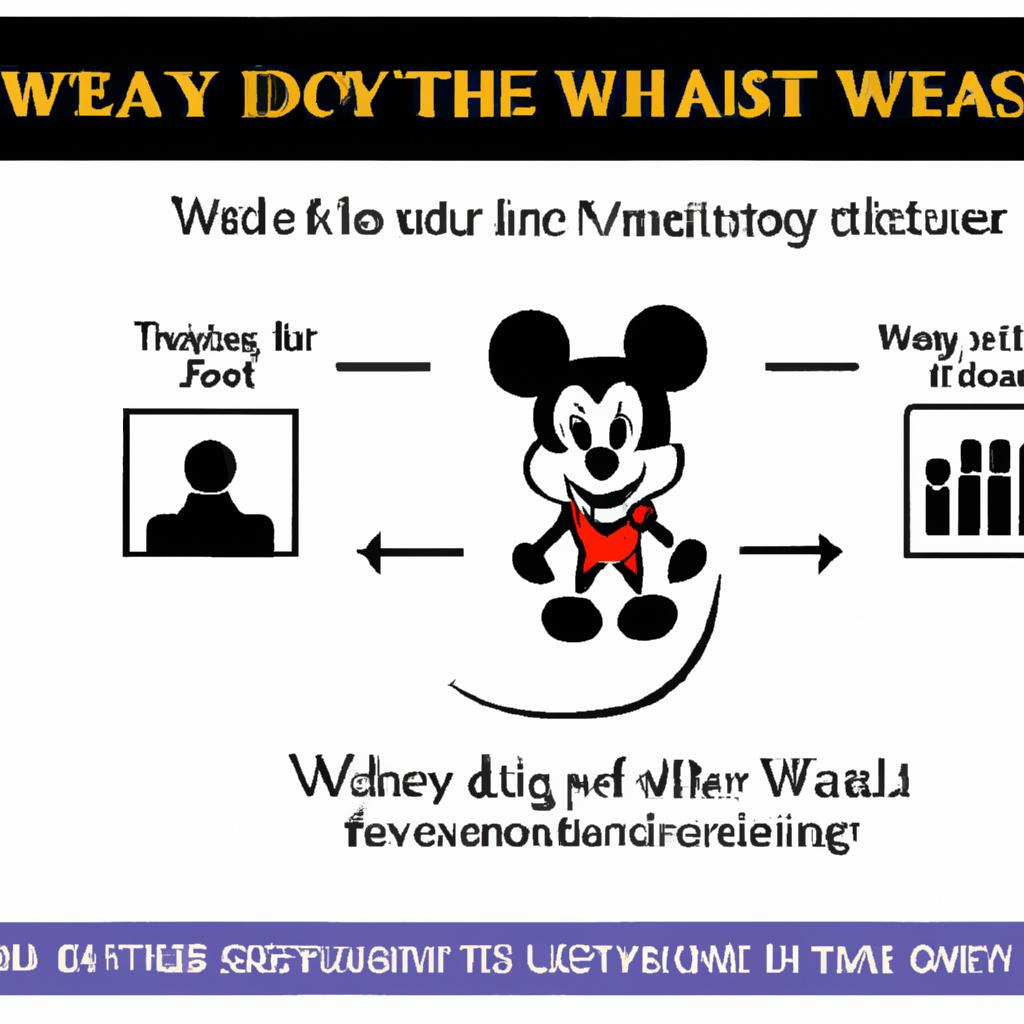
Dispelling Misconceptions and Clarifying the Facts about Walt Disney’s Death
There is a popular urban legend that suggests Walt Disney froze himself in hopes of being revived in the future. However, this is simply not true. Walt Disney passed away on December 15, 1966, due to lung cancer. His body was cremated, and his ashes were interred at the Forest Lawn Memorial Park in Glendale, California.
It is important to dispel this myth and clarify the facts surrounding Walt Disney’s death. As a reputable estate planning and probate law firm in New York City, we specialize in helping clients navigate the complexities of end-of-life planning. Rest assured, Walt Disney did not freeze himself, and his remains were handled according to his wishes and in accordance with the law.
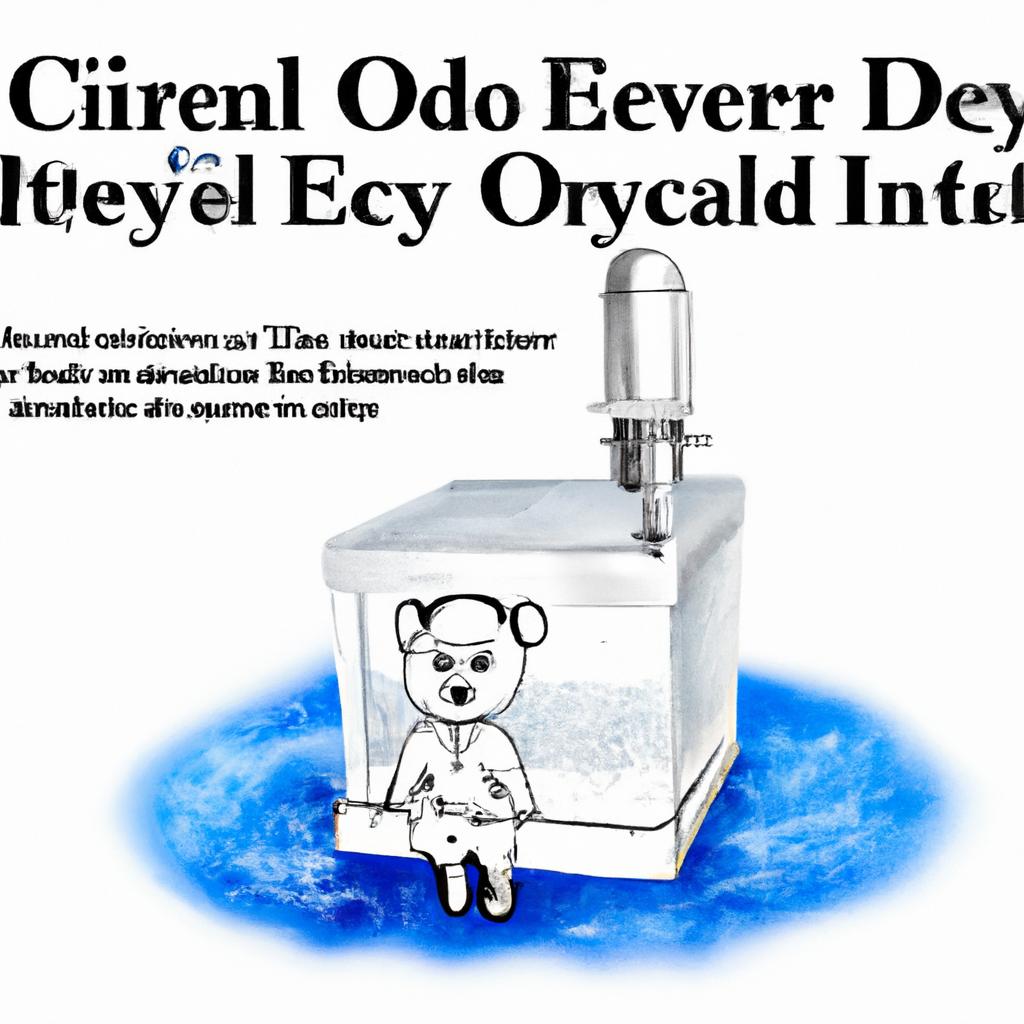
Expert Insights on the Alleged Cryogenic Preservation of Walt Disney’s Body
There has been much speculation surrounding the alleged cryogenic preservation of Walt Disney’s body after his death in 1966. While some believe that Disney opted for this unconventional method in the hopes of being revived in the future, others dismiss these claims as mere conspiracy theories.
Experts in the field of cryonics have weighed in on the topic, offering their insights on the feasibility and ethics of such a procedure. Many argue that the technology for successful cryopreservation and eventual revival does not currently exist, making it highly unlikely that Disney’s body is frozen somewhere awaiting a scientific breakthrough. However, others note that advancements in the field are constantly evolving, leaving the door open for the possibility of cryogenic preservation in the future.
Q&A
Q: Is it true that Walt Disney froze himself?
A: The legend of Walt Disney being cryogenically frozen after his death is a popular myth, but there is no scientific evidence to support this claim.
Q: How did the rumor start?
A: The rumor started shortly after Walt Disney’s death in 1966, when it was rumored that he had expressed interest in cryogenic freezing.
Q: Is there any truth to the rumor?
A: There is no concrete evidence to suggest that Walt Disney was actually frozen after his death. It is likely just an urban legend.
Q: What happened to Walt Disney’s body after his death?
A: Walt Disney was cremated and his ashes were interred at Forest Lawn Memorial Park in Glendale, California.
Q: Why do people still believe the myth?
A: The myth of Walt Disney being frozen has persisted over the years due to the mysterious and larger-than-life persona of the man himself, as well as the enduring fascination with cryogenic freezing.
The Way Forward
In conclusion, the legend of Walt Disney freezing himself remains just that – a legend. Despite the fantastical rumors and theories surrounding his supposed cryonic suspension, there is no concrete evidence to support the claim. Walt Disney’s legacy as a creative genius and visionary in the world of entertainment continues to live on through his timeless creations. The mystique of his alleged frozen state may forever remain a tantalizing mystery, adding to the enigmatic allure of the man behind the magical kingdom.
 Walt Disney was a man of many talents – he was an entrepreneur, animator, producer, and theme park innovator. But did you know that there are rumors that he froze himself before he died in 1966?
Walt Disney was a man of many talents – he was an entrepreneur, animator, producer, and theme park innovator. But did you know that there are rumors that he froze himself before he died in 1966?
The concept of cryonics, or freezing one’s body in the hopes of being revived in the distant future, has been around for several decades. And while the idea of freezing oneself may seem like something out of a science fiction movie, there are reports that suggest Walt Disney may have actually taken this step.
In this article, we will delve into the controversy surrounding the alleged cryogenic freezing of Walt Disney and explore whether or not there is any truth to these rumors.
The Rumor
The rumor began in the late 1960s, shortly after Walt Disney’s death on December 15, 1966. According to a 1972 issue of the magazine “ei: emotional intelligence,” two of Disney’s daughters, Diane and Sharon, made the decision to freeze their father’s body in hopes of reviving him in the future.
The article claimed that Disney’s body was taken to the California Cryogenics Society where it was placed in a cryonic chamber and frozen at -321°F (-196°C). The plan was for Walt Disney’s body to be revived when medical technology had advanced enough to cure the lung cancer that took his life.
However, these claims have been heavily disputed and debunked by both Disney family members and experts in the field of cryonics.
The Debunking
The Disney family has consistently denied any involvement in cryonics, stating that their father was cremated and his remains were interred at Forest Lawn Memorial Park in Glendale, California. In fact, in an interview with the LA Times in 1972, Walt Disney’s daughter Diane stated, “There is absolutely no truth to the rumor that my father, Walt Disney, wished to be frozen.”
Additionally, the California Cryogenics Society also dismissed these rumors, stating that they had never had any contact with the Disney family.
Experts in the field of cryonics have also weighed in on the improbability of Walt Disney being cryogenically frozen. Freezing a body after death requires immediate action and a sophisticated system for preserving the body, which did not exist in the 1960s. The technology and processes for cryonics only began to develop in the 1970s and 1980s, well after Walt Disney’s death.
The Benefits and Practical Tips
While the rumor of Walt Disney being frozen may be interesting to some, cryonic freezing is still a controversial and unproven concept. However, the idea of preserving one’s body in the hopes of being revived in the future raises some important questions about death and the mind-body connection.
Cryonics advocates argue that the act of freezing a body could preserve the brain’s neural connections, which could potentially lead to revival in the future. They also argue that cryonics could one day be a viable option to extend human life.
Whether or not these possibilities hold any weight is a matter of debate, but the concept of cryonics does pave the way for important discussions about how we perceive and handle death.
Case Studies and First Hand Experiences
One notable case study in the world of cryonics is that of NFL Hall of Famer Ted Williams. In 2002, after his death, Williams’ body was placed in a cryonic chamber by his son, John-Henry Williams. However, a legal battle between John-Henry and his half-sister Claudia Williams ensued, with questions about whether or not their father had actually wanted to be frozen.
Additionally, there have been several cases where individuals have signed up to be cryonically frozen after their death, with the hope of being revived in the future. Some of these individuals include baseball legend Joe DiMaggio and Grateful Dead frontman Jerry Garcia.
In Conclusion
So, did Walt Disney really freeze himself? Based on the evidence and debunking efforts, it seems highly unlikely. But the rumor itself brings up interesting questions about how far humans are willing to go to extend their lives and the role of science and technology in achieving this.
While the idea of cryonics may seem like something out of a science fiction novel, it is important to recognize it as a serious and controversial topic. As with any major decision, thorough research and consideration is necessary before opting for cryonics as an end-of-life plan.
But for now, the legend of Walt Disney’s supposed cryonic freezing will remain just that – a legend.

